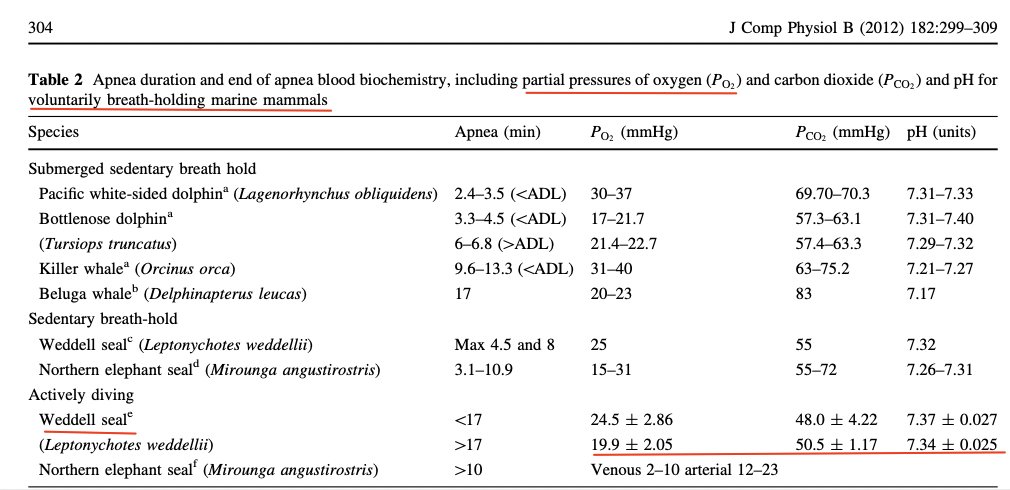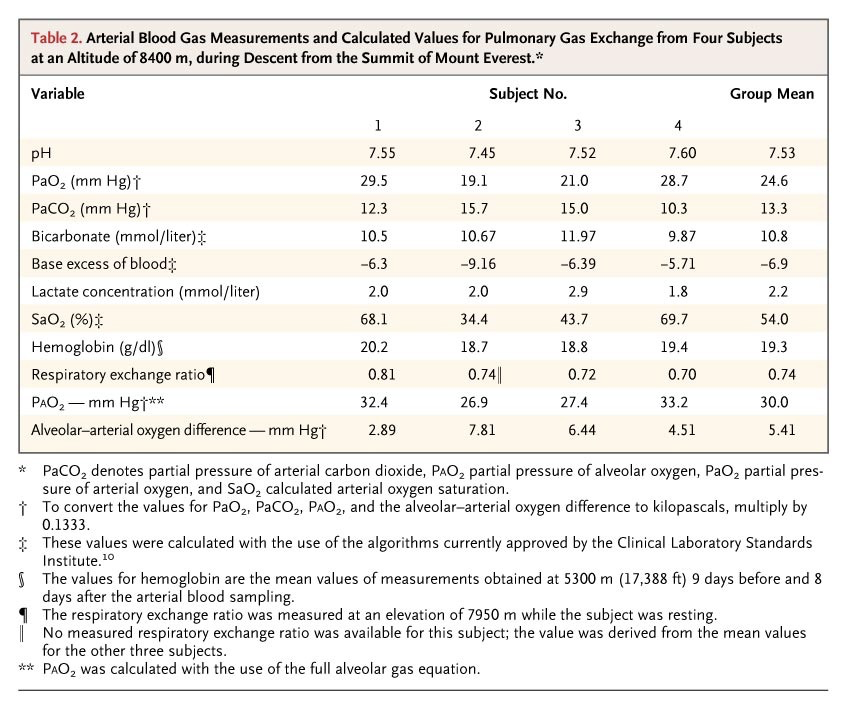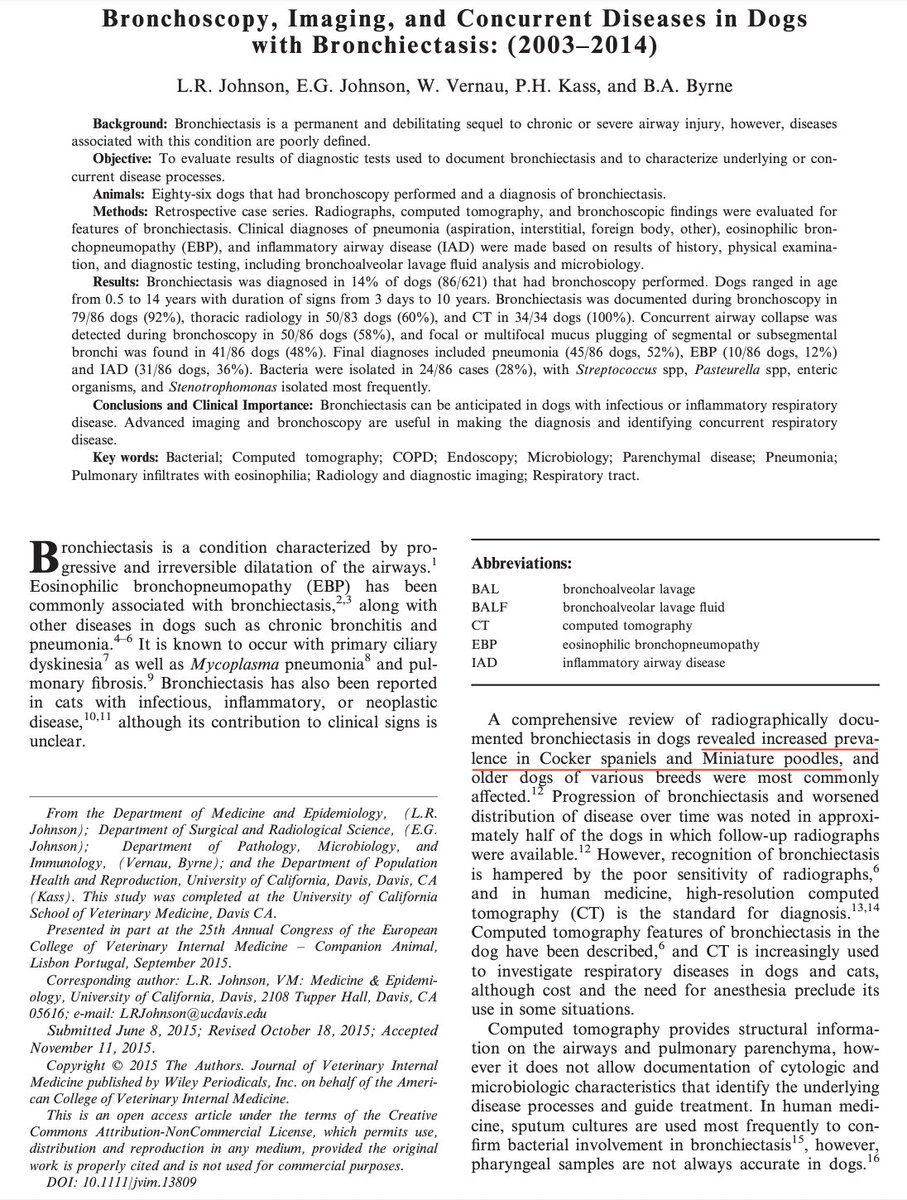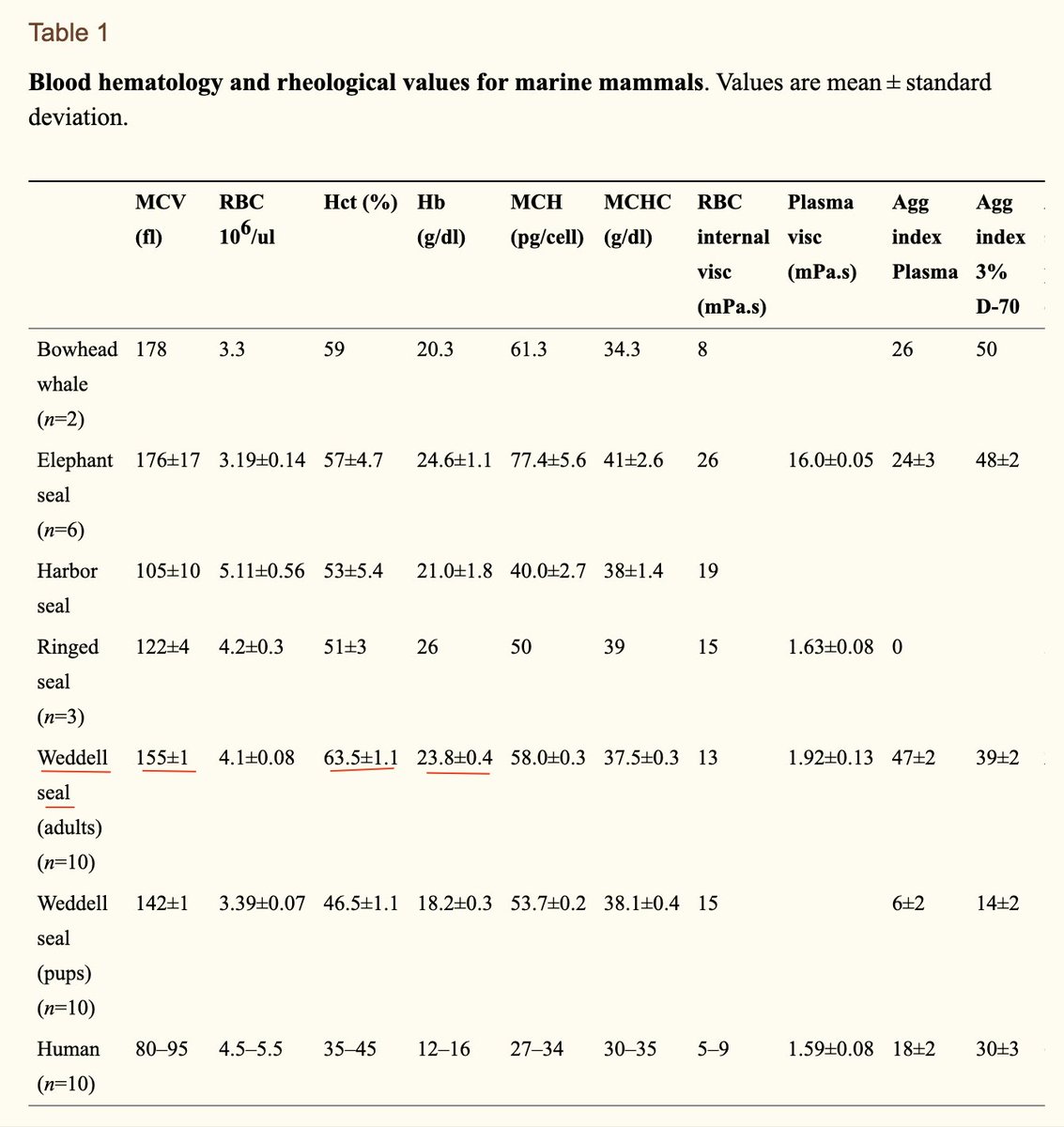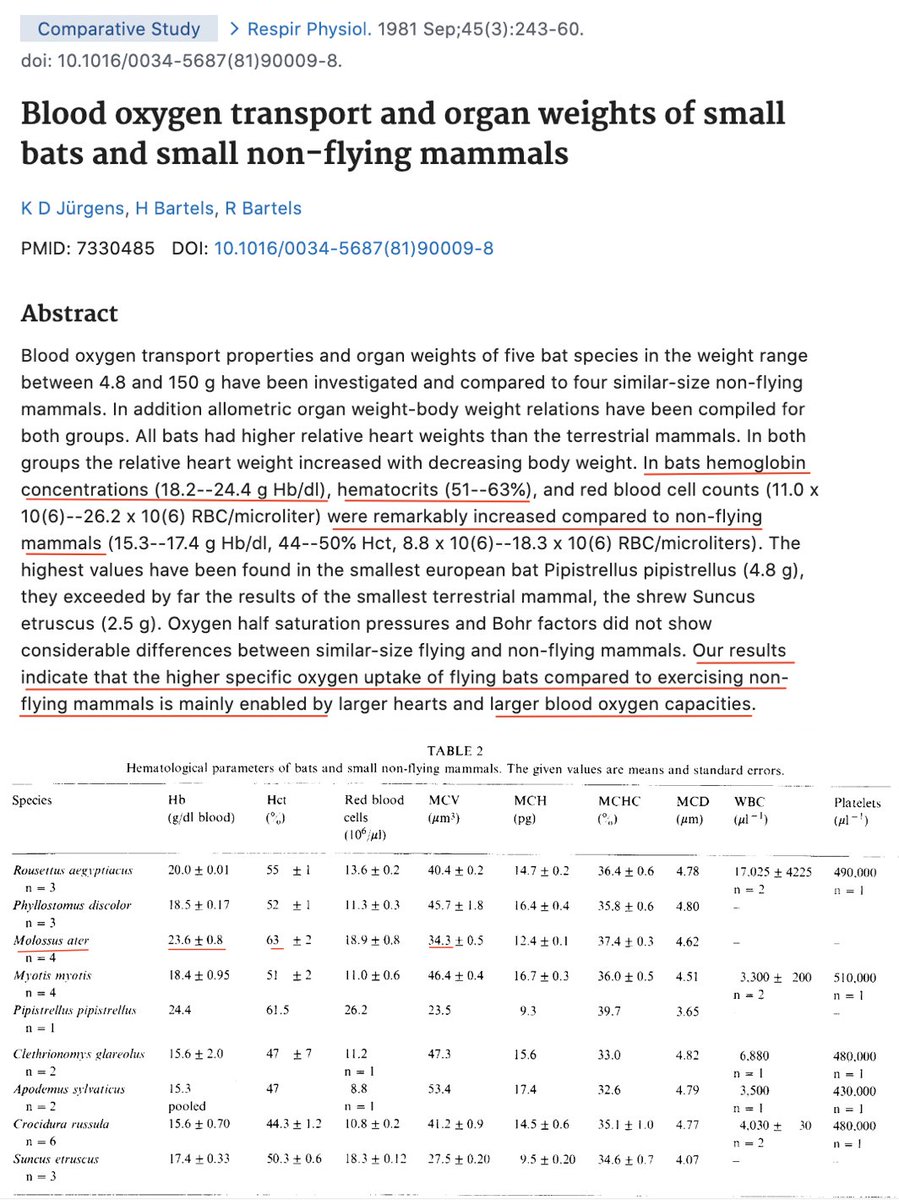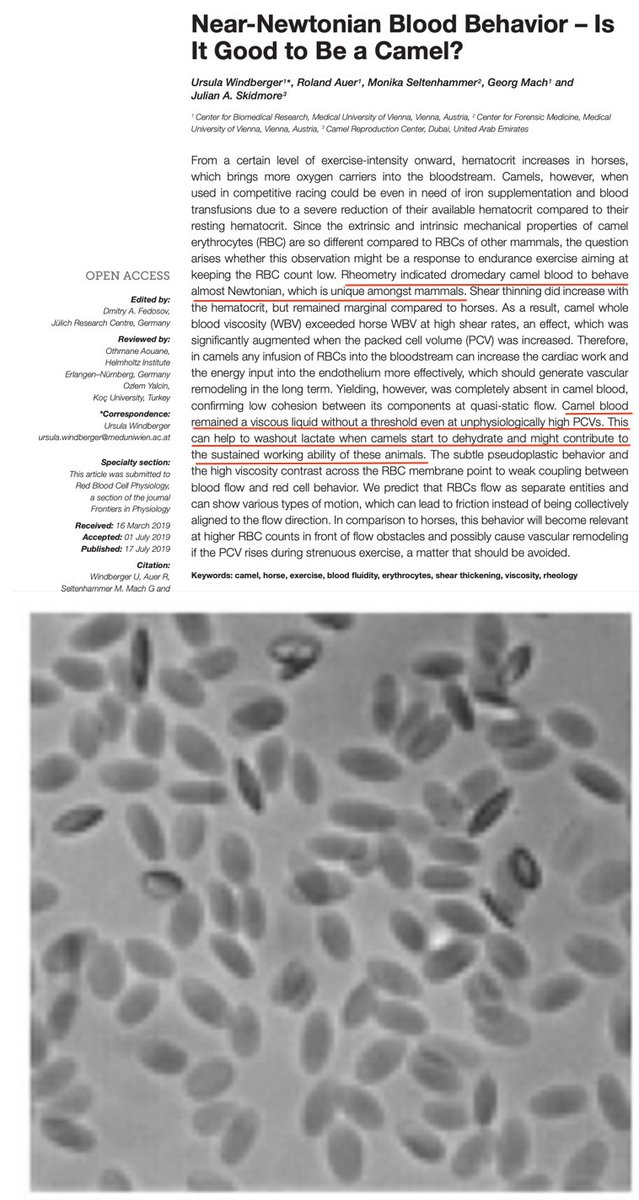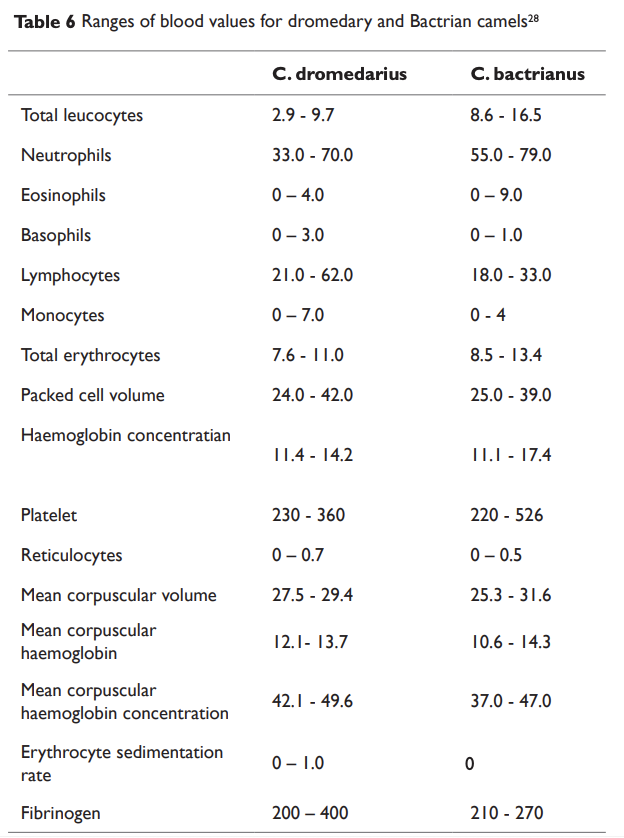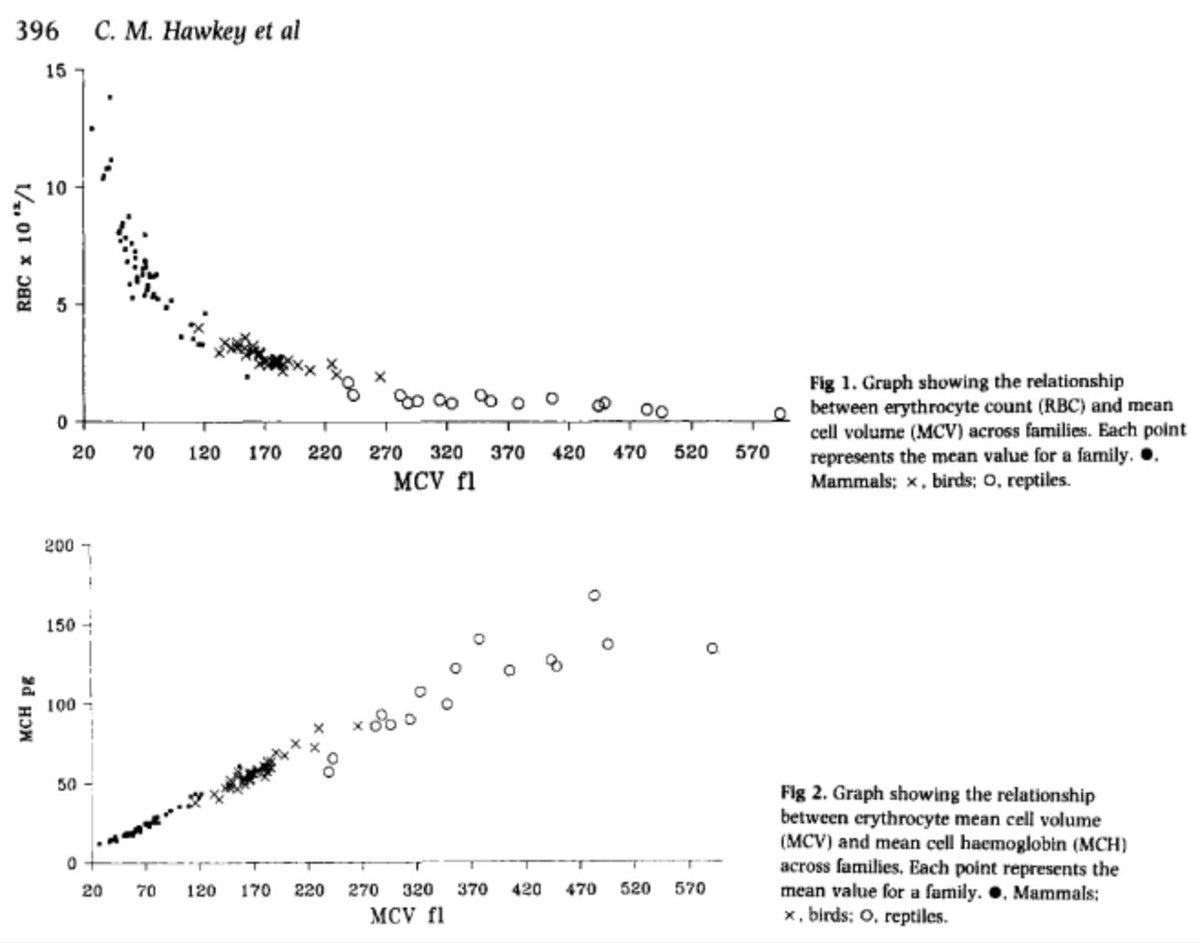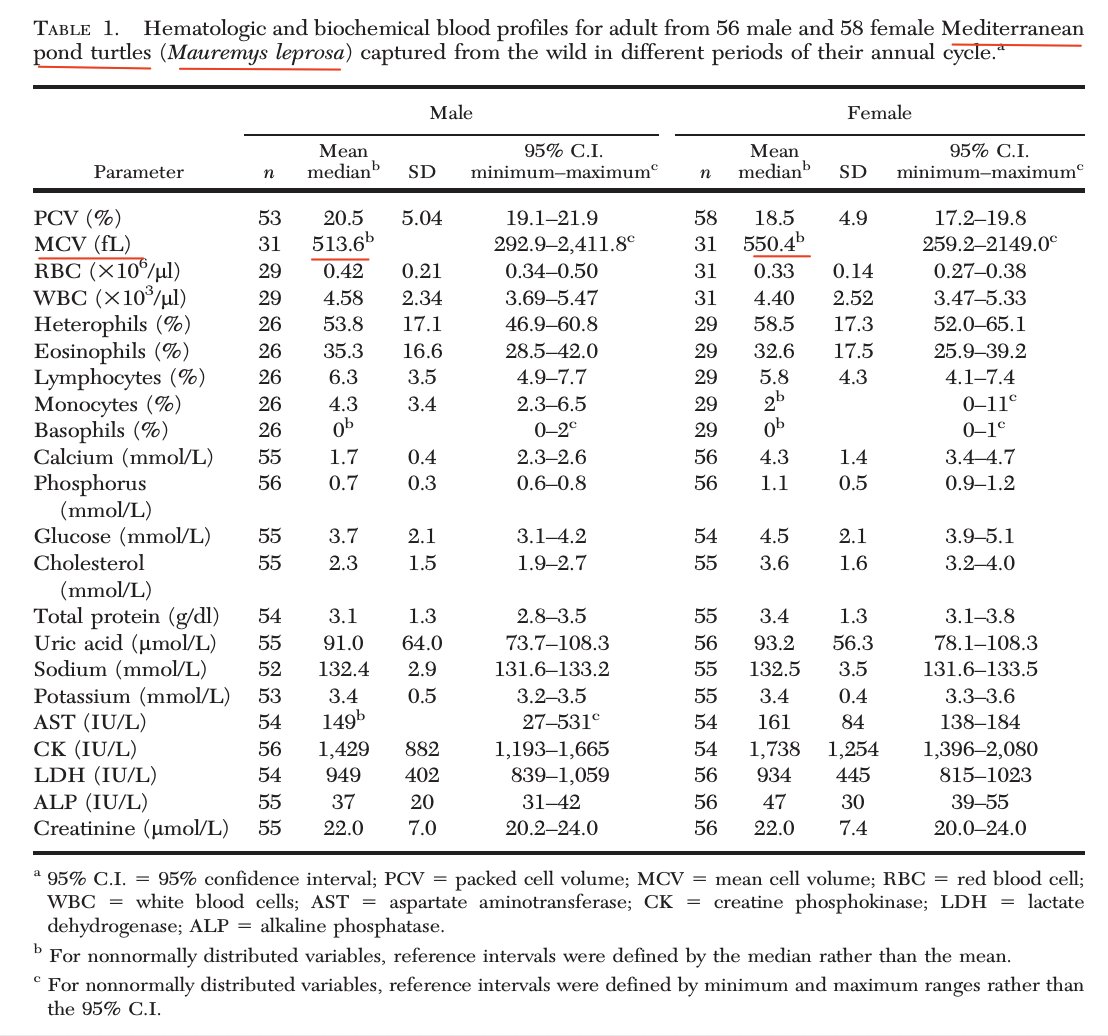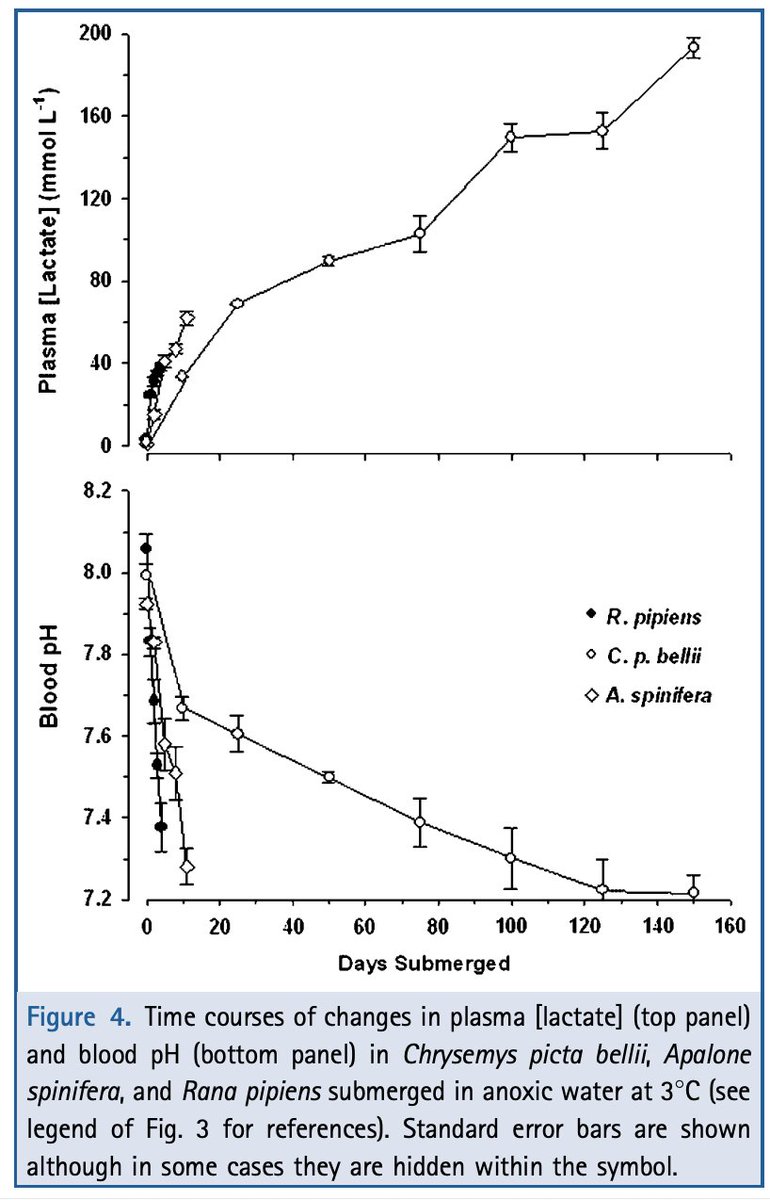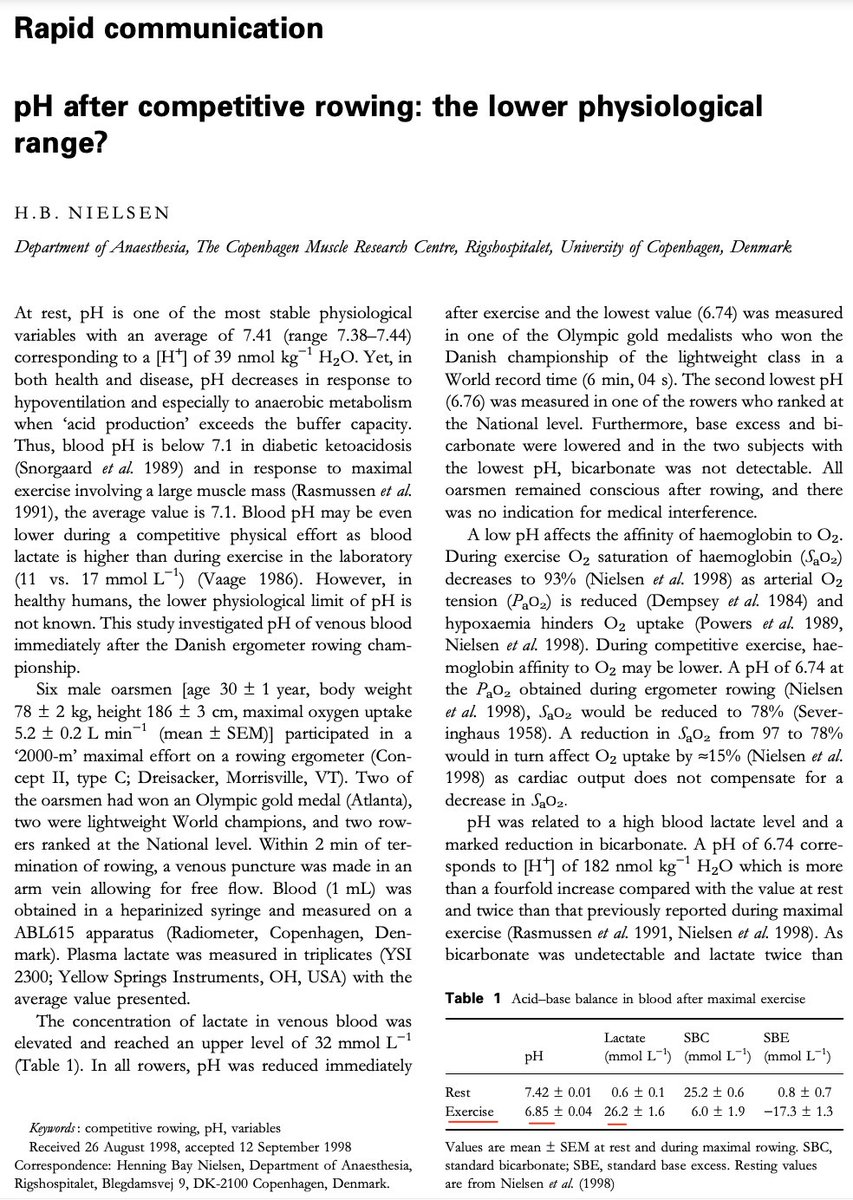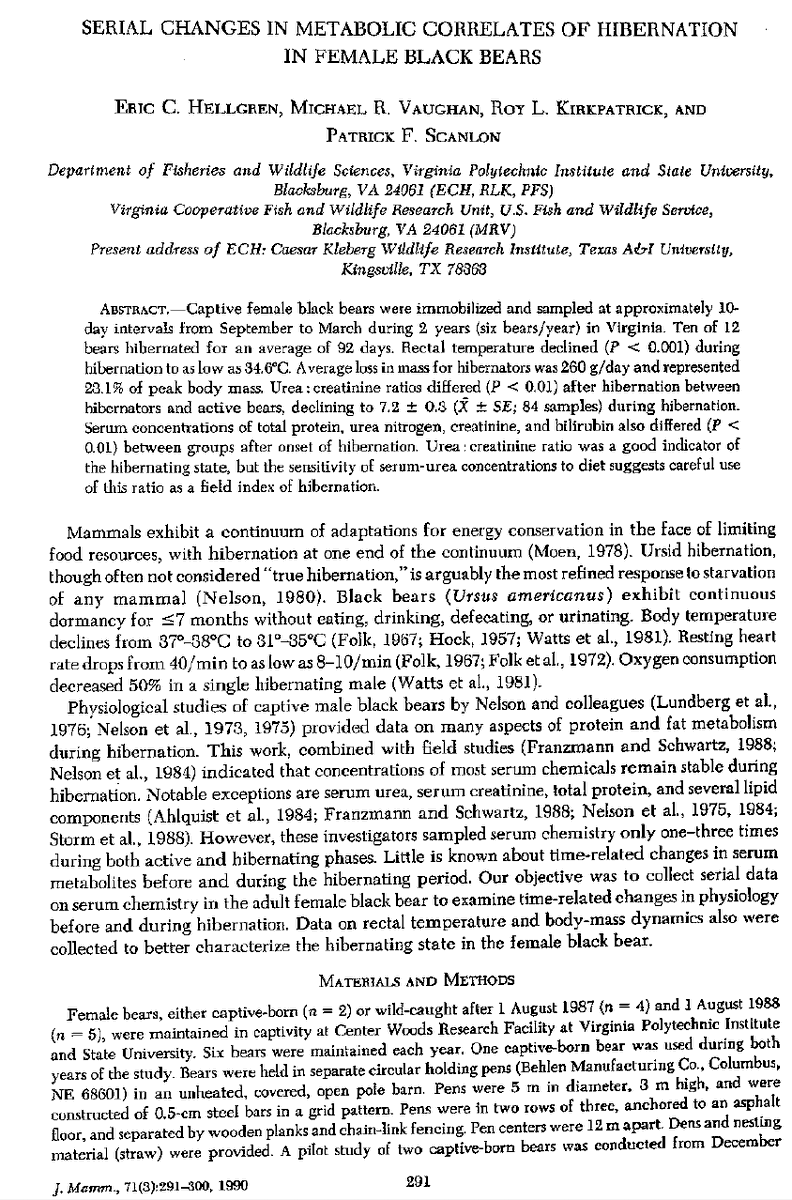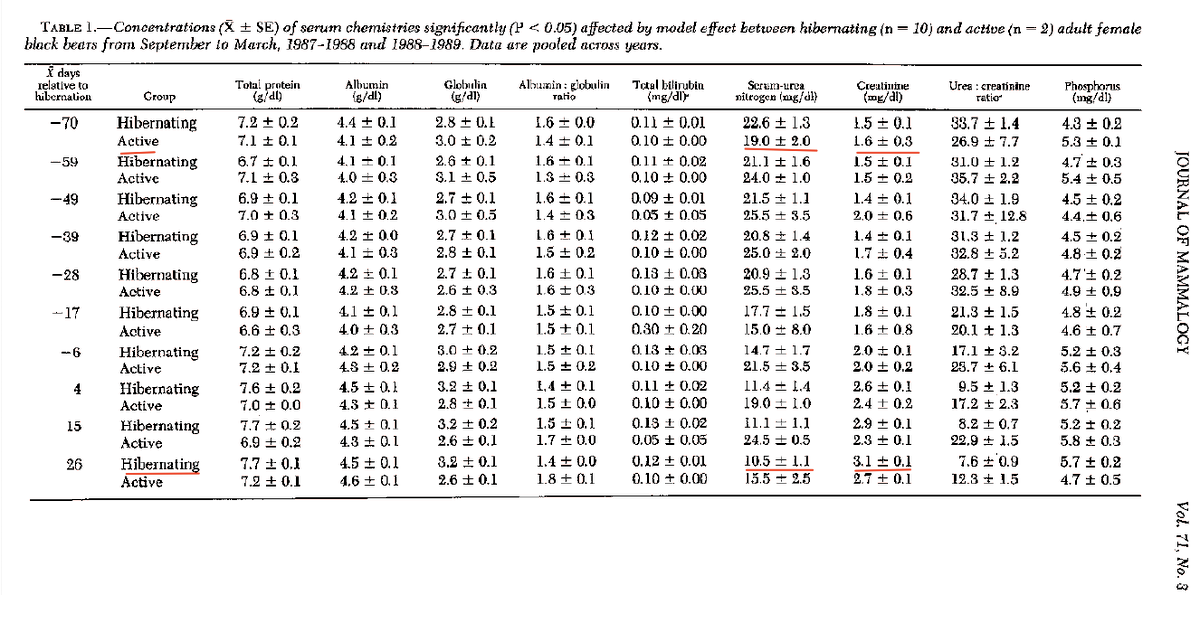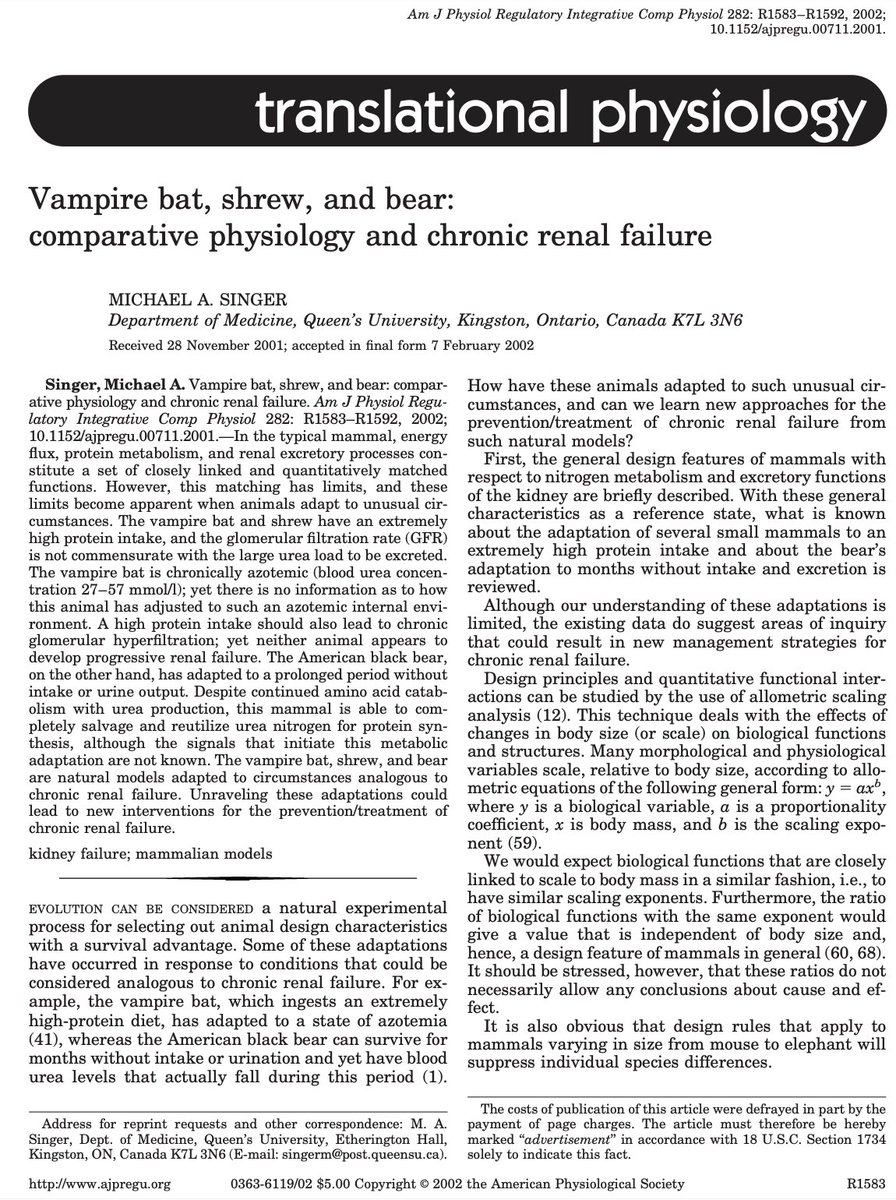It kinda irks me when someone describes a vital sign or lab value as “incompatible with life.”
Here’s a @tweetorial all about the extremes of physiology.
Case #1:
A 10 yo ____ presents with the following vital signs.
T 109F RR 30 HR 300 BP 142/116
Fill in the blank
Here’s a @tweetorial all about the extremes of physiology.
Case #1:
A 10 yo ____ presents with the following vital signs.
T 109F RR 30 HR 300 BP 142/116
Fill in the blank
Answer: 
A chicken's "normal" Temp is 103-110F (w/ HR 220-360) & they live up to 11 yrs.
The Hummingbird would be quite bradycardia (“normal" HR 800-1200 when active)
The Desert ant (Cataglyphis bicolor) has a higher temp (up to 122F!) but doesn't live 10 yrs or have that BP

A chicken's "normal" Temp is 103-110F (w/ HR 220-360) & they live up to 11 yrs.
The Hummingbird would be quite bradycardia (“normal" HR 800-1200 when active)
The Desert ant (Cataglyphis bicolor) has a higher temp (up to 122F!) but doesn't live 10 yrs or have that BP
Case #2:
An *arterial* blood gas is obtained from a ___ showing
pH 7.37 / PCO2 50 / PaO2 20 / HCO3 26
(yup it really is arterial)
Fill in the blank
An *arterial* blood gas is obtained from a ___ showing
pH 7.37 / PCO2 50 / PaO2 20 / HCO3 26
(yup it really is arterial)
Fill in the blank
Answer: ABG is from a Weddel seal after holding its breath for >17 minutes!
Climbers on the summit of Mt Everest do get their PaO2 this low but would be hyperventilating therefore hypocarbic & alkalemic
Dogs (esp Spaniels) do get bronchiectasis, but would not be this hypoxemic
Climbers on the summit of Mt Everest do get their PaO2 this low but would be hyperventilating therefore hypocarbic & alkalemic
Dogs (esp Spaniels) do get bronchiectasis, but would not be this hypoxemic
Case #3
The lab calls you with the following critical values.
Hematocrit 63.5%
Hemoglobin 23.8 g/dL
MCV 155 fL
You tell them not to worry because the sample came from a ___
The lab calls you with the following critical values.
Hematocrit 63.5%
Hemoglobin 23.8 g/dL
MCV 155 fL
You tell them not to worry because the sample came from a ___
Weddel seals have a  Hct (60%+) w/ LARGE RBCs (MCV 150+), an adaptation to increase CaO2.
Hct (60%+) w/ LARGE RBCs (MCV 150+), an adaptation to increase CaO2.
Bats also have Hct (63%) w/ SMALL RBCs (MCV 35), also optimizing for high CaO2.
Hct (63%) w/ SMALL RBCs (MCV 35), also optimizing for high CaO2.
Camels have "normal" Hct w/ small RBCs (MCV ~30); RBCs are elliptocytes, to lower viscosity in dehydration
 Hct (60%+) w/ LARGE RBCs (MCV 150+), an adaptation to increase CaO2.
Hct (60%+) w/ LARGE RBCs (MCV 150+), an adaptation to increase CaO2.Bats also have
 Hct (63%) w/ SMALL RBCs (MCV 35), also optimizing for high CaO2.
Hct (63%) w/ SMALL RBCs (MCV 35), also optimizing for high CaO2.Camels have "normal" Hct w/ small RBCs (MCV ~30); RBCs are elliptocytes, to lower viscosity in dehydration
Incidentally, there’s a tradeoff b/w RBC number & size (MCV). Mammals tend to have more smaller RBCs relative to birds. If you think an MCV of 155 is big, reptiles have even larger RBCs: The desert tortoise has big RBCs (MCV ~350) and pond turtles RBCs are even bigger (MCV 550).
Case #4
Now the lab is calling about a critical lactate result on an ABG:
pH 7.25 / PCO2 40 / HCO3 8 / Lactate 160 mmol/L
(yes you read that right!)
You reassure them. This is “normal” because the ABG was obtained from ___.
Now the lab is calling about a critical lactate result on an ABG:
pH 7.25 / PCO2 40 / HCO3 8 / Lactate 160 mmol/L
(yes you read that right!)
You reassure them. This is “normal” because the ABG was obtained from ___.
Answer: 
C picta bellii (the painted turtle) can hibernate underwater for ~150 days; its lactate rises steadily reaching almost 200 mmol/L!
Olympic rowers can raise their lactate to >25 mmol/L (with pH 6.85)
No one is foolish enough to perform an ABG on a hibernating bear!

C picta bellii (the painted turtle) can hibernate underwater for ~150 days; its lactate rises steadily reaching almost 200 mmol/L!
Olympic rowers can raise their lactate to >25 mmol/L (with pH 6.85)
No one is foolish enough to perform an ABG on a hibernating bear!
 There isn’t anything intrinsically bad about lactate, especially when transiently elevated (such with exercise, epinephrine gtt, or seizure). Sustained lactic acidosis is a marker that should prompt you to look for other badness (hypo perfusion, organ ischemia, toxicity, etc).
There isn’t anything intrinsically bad about lactate, especially when transiently elevated (such with exercise, epinephrine gtt, or seizure). Sustained lactic acidosis is a marker that should prompt you to look for other badness (hypo perfusion, organ ischemia, toxicity, etc).
Case #5
Now the lab is calling because of a critical change in a patient's BUN & creatinine since the last measurement 3 months ago.
3 mo ago BUN 22 ug/dL Cr 1.5 mg/dL
Today BUN 10 ug/dL Cr 3.1 mg/dL
You tell the lab it’s cool because the sample came from a __
Now the lab is calling because of a critical change in a patient's BUN & creatinine since the last measurement 3 months ago.
3 mo ago BUN 22 ug/dL Cr 1.5 mg/dL
Today BUN 10 ug/dL Cr 3.1 mg/dL
You tell the lab it’s cool because the sample came from a __
Answer: 
During hibernation, bears decrease urea & increase Cr
Birds have extremely low Cr; they excrete uric acid & don’t make much creatinine.
Vampire bats do have chronic azotemia (BUN 50+) due to high protein intake after ingesting blood but their Cr remains normal.

During hibernation, bears decrease urea & increase Cr
Birds have extremely low Cr; they excrete uric acid & don’t make much creatinine.
Vampire bats do have chronic azotemia (BUN 50+) due to high protein intake after ingesting blood but their Cr remains normal.
 Remember that - like vampire bats - people with GI bleed can have markedly elevated BUN/Cr ratio due to absorption of protein from blood in the GI tract. BUN/Cr >36 can suggest an upper GI source in a patient with GIB. https://pubmed.ncbi.nlm.nih.gov/2229992/
Remember that - like vampire bats - people with GI bleed can have markedly elevated BUN/Cr ratio due to absorption of protein from blood in the GI tract. BUN/Cr >36 can suggest an upper GI source in a patient with GIB. https://pubmed.ncbi.nlm.nih.gov/2229992/
I hope you’ve enjoyed this
I’d like to acknowledge the comparative vertebrate bio course I took @BrownUniversity, a great lecture by #ErikSwenson @uwpccm, & my 3yo for teaching me about Weddel seals after watching @Octonauts
Finally, I think the Weddel Seal deserves an emoji.

I’d like to acknowledge the comparative vertebrate bio course I took @BrownUniversity, a great lecture by #ErikSwenson @uwpccm, & my 3yo for teaching me about Weddel seals after watching @Octonauts
Finally, I think the Weddel Seal deserves an emoji.

 Read on Twitter
Read on Twitter